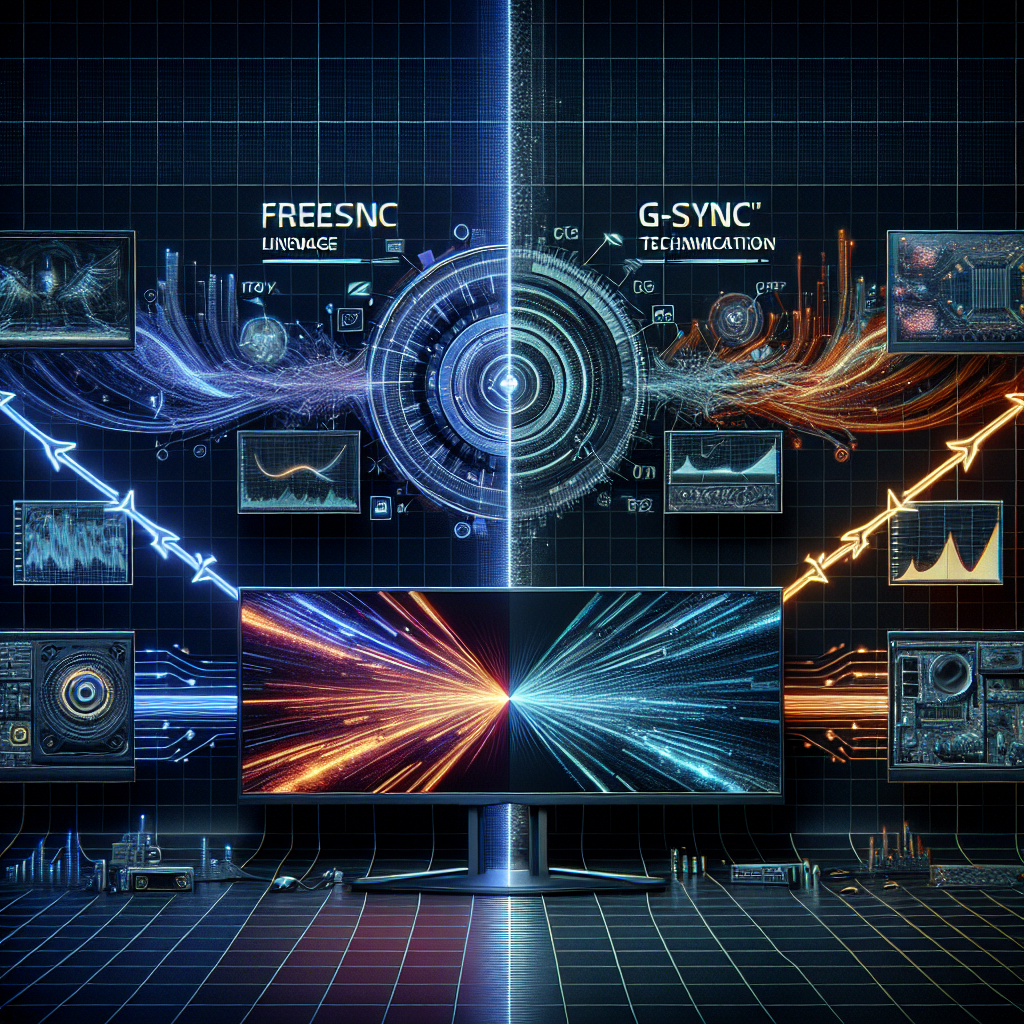Fix today. Protect forever.
Secure your devices with the #1 malware removal and protection software
Variable refresh rate technology has come a long way in recent years, revolutionizing how we experience gaming and multimedia content on our screens. Two of the most popular implementations of this technology are AMD’s FreeSync and NVIDIA’s G-Sync. In this article, we will explore the evolution of variable refresh rate technology and explain how FreeSync and G-Sync work.
Variable refresh rate technology addresses a common issue with traditional displays – screen tearing and stuttering. These visual artifacts occur when the graphics card and monitor are out of sync, resulting in a less-than-smooth viewing experience. With variable refresh rate technology, the monitor’s refresh rate dynamically adjusts to match the frame rate output by the graphics card, eliminating screen tearing and stuttering.
AMD was the first to introduce variable refresh rate technology with FreeSync in 2015. FreeSync is an open standard that is supported by a wide range of monitors and graphics cards. It uses the Adaptive Sync protocol, which is built into the DisplayPort standard, to synchronize the monitor’s refresh rate with the graphics card’s frame rate. This results in a smooth and tear-free gaming experience without the need for additional hardware.
NVIDIA followed suit with G-Sync, which was introduced in 2013. G-Sync is a proprietary technology that requires specialized hardware in both the monitor and graphics card. This hardware-based approach allows for tighter integration between the two components, resulting in potentially better performance compared to FreeSync. However, G-Sync monitors tend to be more expensive due to the additional hardware requirements.
Both FreeSync and G-Sync have evolved over the years to offer additional features and improvements. For example, NVIDIA introduced G-Sync Ultimate, which offers higher brightness levels, wider color gamuts, and HDR support. AMD, on the other hand, introduced FreeSync 2, which adds support for HDR and improved color accuracy.
In recent years, both AMD and NVIDIA have made efforts to bridge the gap between FreeSync and G-Sync. NVIDIA now supports FreeSync monitors with G-Sync compatible certification, while AMD has introduced FreeSync Premium and FreeSync Premium Pro certifications to denote higher-quality displays with features like low frame rate compensation and HDR support.
Overall, variable refresh rate technology has come a long way since its inception, offering gamers and multimedia enthusiasts a smoother and more immersive viewing experience. Whether you choose FreeSync or G-Sync, you can rest assured that you’ll enjoy tear-free and stutter-free gameplay on compatible displays. As technology continues to evolve, we can expect even more advancements in variable refresh rate technology to further enhance our viewing experiences.
Fix today. Protect forever.
Secure your devices with the #1 malware removal and protection software
#Evolution #Variable #Refresh #Rate #Freesync #GSync #Explained,freesync&g-sync

Leave a Reply
You must be logged in to post a comment.